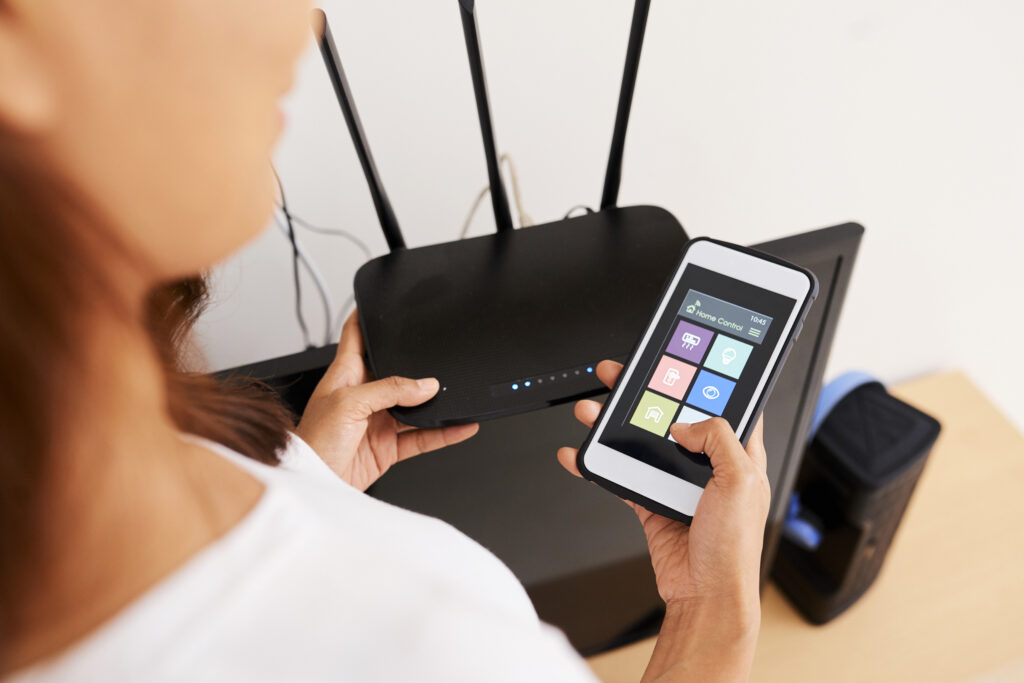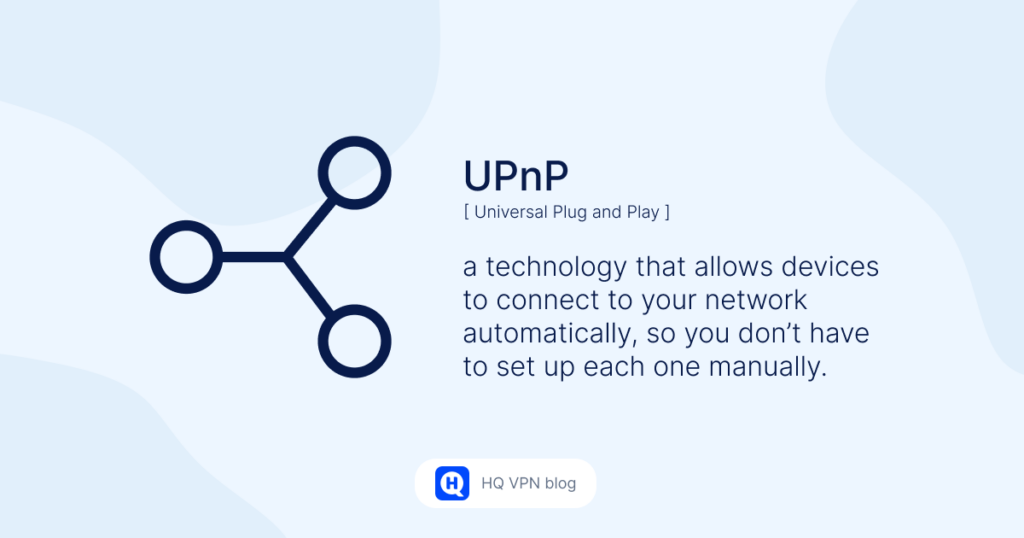

What is UPnP and Why It Might Be Putting Your Network at Risk

Have you ever heard of UPnP? It’s a technology that many devices use to automatically connect to your home network without you having to manually set up each device. While this might sound like a convenient feature, there are potential risks and drawbacks to using UPnP that you should be aware of.
By the end of this article, you’ll have a better understanding of the risks associated with UPnP and what steps you can take to protect your home network. So let’s dive in!
What exactly is UPnP

UPnP allows devices to automatically discover and connect with each other, without any manual setup needed.
For example, if you have a smart TV and a smartphone on your home network, UPnP would enable them to communicate with each other without you having to manually configure any settings. This can be incredibly convenient, especially if you have multiple devices that you want to use together.
One of the key features of UPnP is that it allows devices to open and close ports automatically. A port is a virtual communication endpoint between two devices on a network. When one device sends data to another device on a specific port, it knows that the data will be received by the intended recipient.
UPnP uses a process called “port forwarding” to automatically open ports and allow devices to communicate with each other. When a new device is added to the network, it sends a message to the UPnP-enabled router asking it to open the necessary ports. This allows the device to connect with other devices on the network without any additional setup.
What do we need UPnP for?
UPnP is a useful technology that makes it easier for devices to communicate with each other on a network. Without UPnP, you would need to manually configure each device on your network in order to get them to work together.
For example, let’s say you want to stream a video from your laptop to your smart TV. Without UPnP, you would need to manually configure the network settings on both devices to allow them to communicate with each other. This can be a complicated and time-consuming process, especially if you have multiple devices that you want to connect.
With UPnP, however, the process is much simpler. When you turn on your smart TV, it automatically sends a message to your router asking it to open the necessary ports. Your laptop does the same thing when you start streaming the video. This allows the two devices to communicate with each other seamlessly, without any additional setup required.
UPnP can also be useful for other types of devices, such as printers, game consoles, and smartphones. By allowing these devices to connect to your network automatically, UPnP can save you time and effort, and make it easier for you to use your devices together.
Potential drawbacks of UPnP
While UPnP can be a convenient technology, it does come with some potential risks and drawbacks that you should be aware of. Here are some of the main ones:
Security risks
One of the biggest potential risks of UPnP is that it can make your network more vulnerable to attacks from hackers. Because UPnP allows devices to open ports automatically, it can also allow malicious software to do the same. This could potentially give hackers access to your network, which could be used to steal personal data or launch other attacks.
Interference with other devices
UPnP can sometimes cause interference with other devices on your network. For example, if two devices try to use the same port at the same time, it can cause a conflict that prevents them from working properly.
Lack of control
Because UPnP allows devices to connect to your network automatically, you may not have full control over which devices are allowed to access your network. This can be a problem if you have sensitive data on your network that you want to keep private.
Performance Issues
UPnP can sometimes cause performance issues on your network, especially if you have a large number of devices connected. This can cause slowdowns or other problems that can make it difficult to use your devices effectively.
While these risks and drawbacks are not always present, it’s important to be aware of them so you can take steps to protect your network. In the next section, we’ll discuss some tips for using UPnP safely and securely.
How to use UPnP safely: best practices
While UPnP can pose some potential risks and drawbacks, there are steps you can take to minimize the potential risks. Here are some best practices to keep in mind.
Keep your firmware up-to-date
Make sure that your router and all connected devices are running the latest firmware. This can help patch any security vulnerabilities and ensure that your devices are running smoothly.
Disable UPnP
If you’re not using UPnP, consider disabling it altogether. This can help reduce the risk of unauthorized access to your network.
Limit access
If you’re using UPnP, consider limiting which devices are allowed to connect to your network automatically. Many routers have a setting that allows you to specify which devices are allowed to use UPnP.
Use a firewall
Make sure that your network has a firewall in place to help prevent unauthorized access. This can be especially important if you’re using UPnP, as it can help block malicious software from opening ports on your network.
Use strong passwords
Make sure that all of your devices and accounts have strong, unique passwords. This can help prevent unauthorized access to your network and devices. To create strong passwords, try using a free online password generator. It will help you configure and generate an uncrackable password in just a few clicks.
Enabling/disabling UPnP on your router
If you’ve decided to use UPnP on your network, you may be wondering how to enable it on your router. The process can vary depending on your router’s make and model, but the general steps are similar. Here’s a simple guide to enable or disable UPnP on your router:
- Open your router’s web interface. Open a web browser on a device that’s connected to your router and type in your router’s IP address. If you don’t know how to find your router’s IP, check out this guide — it will help you sort it out in no time.
- Log in to your router. Enter your router’s username and password to log in to your router’s web interface. If you haven’t changed the default login information, this information can also be found in your router’s manual.
- Navigate to the UPnP settings. Look for the UPnP settings in your router’s web interface. The location of these settings can vary depending on your router’s make and model, but they are usually found under the “Advanced” or “Network” settings.
- Enable/disable UPnP. Once you’ve found the UPnP settings, you can enable or disable UPnP. If you want to use UPnP, make sure it’s enabled. If you don’t want to use UPnP, make sure it’s disabled.
- Save your changes. Once you’ve made any changes to the UPnP settings, make sure to save them before closing the web interface.
Wrapping up
UPnP is a useful and convenient network protocol that can help devices connect with each other seamlessly. However, it’s important to be aware of the potential risks and drawbacks associated with using UPnP.
Enabling or disabling UPnP on your router is a quick and easy process, and it’s important to evaluate whether you really need UPnP on your network before making a decision. If you’re not using UPnP, disabling it can help keep your network safer.
And remember, just because you can connect your toaster to the internet, doesn’t mean you should 😉



